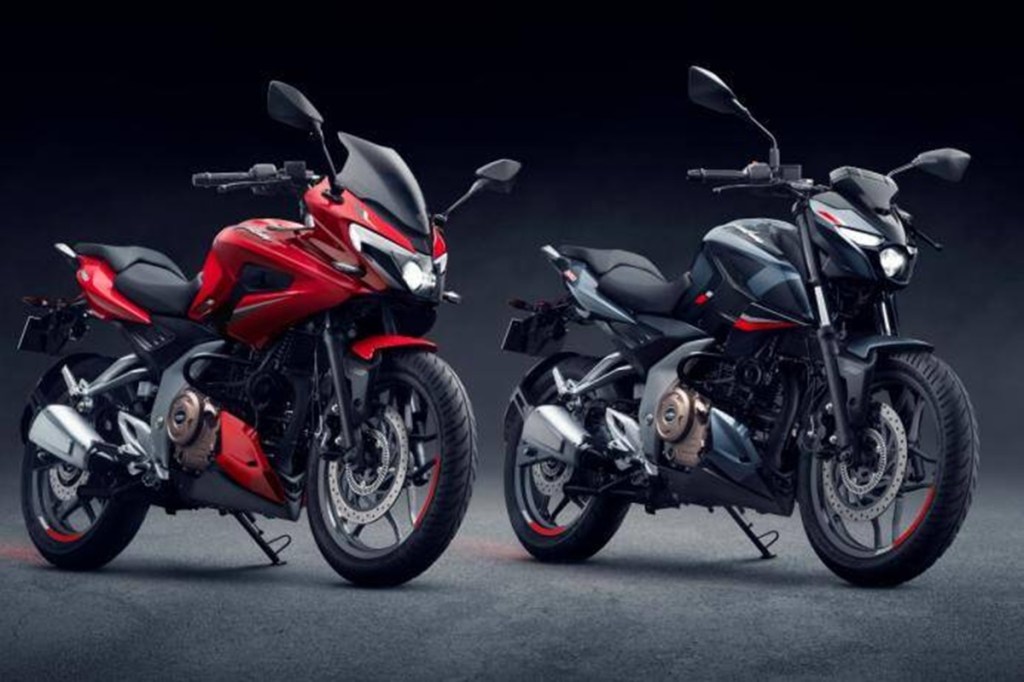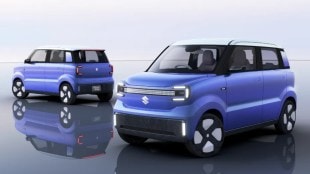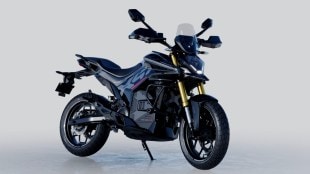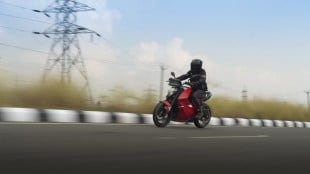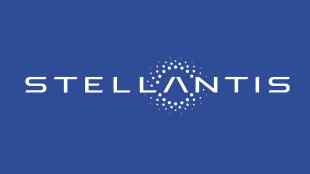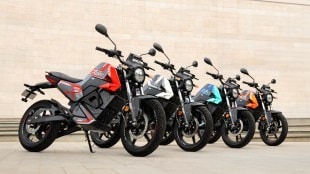Riding on a 1% price hike across models in January, Bajaj Auto is expecting the fourth quarter to be better even as uncertainties such as weak demand and semiconductor shortage could prevail. The semiconductor issue, plaguing the auto sector, will definitely simmer for the next 6-9 months, its executive director Rakesh Sharma tells FE’s Rajesh Kurup in an interview. The company is also working with KTM AG of Austria to develop high-performance electric motorcycles. Edited excerpts:
Q. Bajaj Auto net fell 22% in Q3 on a year-on-year basis? Was this impacted by high input costs?
The dip in net profit was due to cost increases. As concerted demand had come in and cost hikes were yet to happen, last year’s Q3 was the finest quarter of the year. The cost increases had started to unfold from Q4 onwards. The prices of commodities such as aluminium, steel, certain basic commodities and precious metals that go into catalytic converters went up.
Q. How do you see Q4 unfolding? Are you planning price hikes?
From the cost point of view, we don’t see similar headwinds in Q4. We were planning for a 1% price hike across models, which we did in January. There are other uncertainties such as a weak demand and semiconductor shortage, which are curtailing supplies in the premium segments.
Q. By when do you think the industry will be able to tide over the semiconductor shortage?
By when is the million-dollar question, as the issue will simmer for the next 6-9 months. In the open market, something which is quoted as $4 is selling at $100. Once you have built a product under certain propositions, it is not easy to change it. So, we have to battle this out week after week, month after month.
Q. In the calendar year 2021, exports exceeded 2.5 million units, which was your highest-ever. What’s the target for 2022?
The growth has largely come from Africa, Latin America and the Middle East. The ASEAN markets have not completely recovered from the Covid-19 impact, but other markets have held up well. Hopefully, ASEAN will recover in the next few months and will give us a boost in terms of export. We intend to enter new geographies such as Europe and Brazil in the next 12-18 months.
Q. What are your plans on the EV front?
We are gearing up for the large part of the portfolio becoming electric, so we are investing `300 crore for half-a-million capacity in Akurdi (Pune). Hopefully, we will start rolling out the first electric scooters by June. We will invest to manufacture e-autos at our Waluj plant in Aurangabad. We will apply for certifications and validations by March or April and intend to launch them by May or June.
Q. Bajaj Auto holds about 75% market share in the CNG three-wheeler market and this segment is gaining prominence.
There are about 2,700 CNG pumps today and the government intends to increase the number to 3,500 this year. As operating economics are heavily in favour of CNG, we see people migrating from diesel to CNG. That is good for the environment and also good for Bajaj Auto as this is our area of deep strength.
Q. What are your plans on EV motorcycles, which are more challenging than EV scooters?
The ability to adapt EV for normal motorcycles is more challenging but we are working with our partner KTM AG of Austria, a sports bike manufacturer. We are sharing R&D and product development efforts, and exploring ways to jointly manufacture high-performance EV motorcycles.
Q. You are planning to make affordable mid-capacity bikes in partnership with UK’s Triumph Motorcycle for the Indian market?
There was a delay due to the pandemic as people could not travel, but the programme is on. We are looking at rolling out a portfolio of products and I cannot divulge further details due to the competitiveness of the information.
